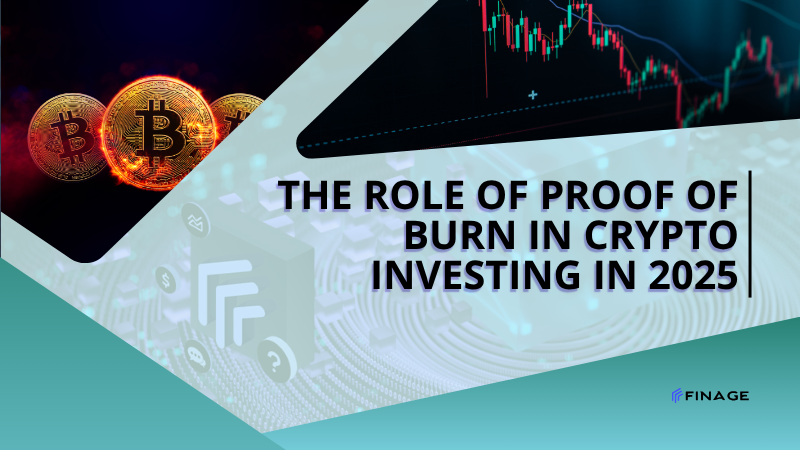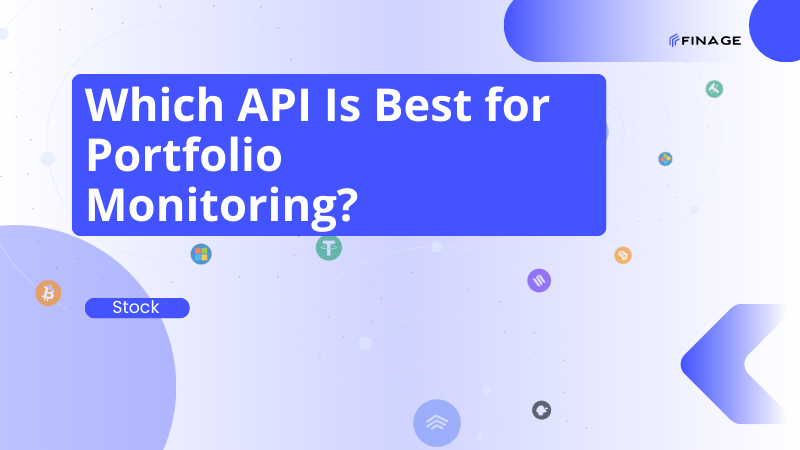The Role of Proof of Burn in Crypto Investing in 2025
7 min read • May 27, 2025

Introduction
If you're just getting into crypto and you’re wondering how some of these blockchains actually work, you should know about Proof of Burn. It’s kind of a wild idea, so instead of using a bunch of energy like Bitcoin mining or locking up your coins like in staking, you straight up burn them. Like, gone, yes. You send them to a dead wallet and they’re out of circulation for good.
Sounds weird, but that’s how you prove you’re serious about the network. So you basically trade those burned coins for a chance to help keep the network running and maybe earn some rewards too. So let’s quickly go through what Proof of Burn is, how it works and see why it is crucial for supply control and long-term value.
Contents:
- What You Need to Know About Proof of Burn
- Here’s the Basic Idea
- Real Examples in 2025
- Binance Coin (BNB)
- Shiba Inu (SHIB)
- Ethereum (ETH)
- Want to Try a Proof of Burn Network?
- Why Do People Even Use It?
- Why & Where You Need Data APIs Here
What You Need to Know About Proof of Burn
If you want to try it, first you gotta check which coins even use this system, not all do. Then follow their rules: how much to burn, where to send it, stuff like that. It’s one of those things that sounds complicated at first, but once you get the basics, it’s not too hard to wrap your head around.
Every blockchain needs a way to agree on which transactions are valid. That’s called a consensus mechanism. Most people are familiar with Proof of Work (Bitcoin) or Proof of Stake (Ethereum 2.0), but there’s another method that’s gaining some attention. And, as you’ve probably guessed, it’s called Proof of Burn. In a Proof of Burn system:
- People don’t use huge amounts of electricity to secure the network
- They “burn” their coins, meaning they send them to a special address that nobody can access
- Once burned, those coins are permanently removed from circulation
- In exchange, users get a chance to validate transactions and earn rewards
- It's like showing your commitment to the network by giving something up
Here’s the Basic Idea
Proof of Burn is pretty much what it sounds like: you're getting rid of coins on purpose. It’s a way to reduce the total supply of a crypto by permanently destroying tokens. The idea? Fewer coins in circulation can make the remaining ones more valuable, kind of like how limited-edition items tend to be worth more.
How do you “burn” crypto? You send it to what’s called an eater address, a wallet that nobody has the keys to. You can see these wallets on the blockchain, but once coins go in, there’s no way to get them back. They're gone for good.
Real Examples in 2025
It would be useful to check real examples. Let’s go through some live numbers to show what this looks like right now:
Binance Coin (BNB)
BNB has been doing regular burns since 2017. They use money made from the Binance platform to buy back and burn BNB every quarter. It’s not just talk either by Q1 of 2025, Binance has already burned over 168 million BNB, which adds up to more than $94 billion at today’s prices.
That’s a huge chunk of tokens taken out of circulation, and it shows how burn mechanisms can play a big role in how a token’s supply, and possibly its price moves over time.
Shiba Inu (SHIB)
Shiba Inu introduced its burn portal to incentivize users to burn SHIB in return for rewards. Over 410 trillion SHIB have been burned to date, with an average of 10–20 billion SHIB being burned per week in 2025.
Ethereum (ETH)
You’ve probably heard of Ethereum, right? Well, since the London hard fork back in 2021, Ethereum added something called EIP-1559. It basically burns a bit of ETH from every transaction. Fast forward to 2025: over 4 million ETH have been burned. That’s like $15 billion worth of ETH gone forever. Just poof, out of the system.
Want to Try a Proof of Burn Network?
If you're looking for a way to get involved in crypto mining without spending thousands on hardware or wasting electricity, Proof of Burn might be worth checking out. Just keep in mind, once you burn your coins, they’re gone for good. So take your time, don’t rush it. Here's how you’d get started:
Step 1: Pick the Right Coin
Not all cryptos use PoB. So first, you need to figure out which ones do. Don’t assume your go-to token supports it. Look up projects that actually run on this model. Once you find one, you can buy it on an exchange that supports that specific token.
Step 2: Learn the Rules
Every network has its own way of doing things. Some will ask you to burn a fixed amount, others let you choose. You can check their official docs, they'll tell you exactly what’s expected and what you’ll get in return.
Step 3: Set Up a Burn Wallet
You’ll need a special wallet, one that nobody can access (because it has no private key). Once your tokens go there, they’re permanently out of circulation. That’s the whole point.
Step 4: Burn the Coins
Now you send your coins to that wallet. You can double-check the address, because once you send them, there’s no undo button. You’re proving to the network that you’re committed.
Step 5: Start “Mining”
After burning your coins, you get a shot at mining new blocks. No hardware needed, the more you’ve burned, the higher your chances of earning rewards. Just think of it as mining with fire instead of fans.
Step 6: Earn Rewards
Once you validate a block and the network confirms it’s good, it gets added to the chain. If you did it right, you earn rewards. And the cool part? You did all this without melting your graphics card.
Why Do People Even Use It?
One reason miners keep using PoB is that it’s less resource-intensive than Proof of Work and less centralized than Proof of Stake. Plus, you can stay active, burning more coins over time means staying competitive. Here’s why this matters:
- You have to realize that in 2025, with token inflation being a concern for a ton of projects, Proof of Burn is one of the few real mechanisms that permanently reduces supply.
- Unlike staking, where coins are locked but still exist, burning wipes them out of existence.
- If you’re tracking price action, you need to monitor burn events alongside volume, token supply changes and wallet movements.
That’s where tools like a Real-Time Crypto Data API or Crypto Price Data API with WebSocket integration come in handy: you can burn events that can trigger rapid shifts in price sentiment
Why & Where You Need Data APIs Here
Alright, so how do you stay ahead of burn-related market moves? You need to pull real-time and historical data on:
- Token supply: you can use a Cryptocurrency Data API or AggregatedMarketDataAPI to track circulating supply vs. total supply
- Wallet transactions: you can burn addresses that are visible on-chain; you can track transactions going to them using APIs, for example, from Finage or block explorers
- Price impact: you can combine this with a Real-Time Market Data feed to track how markets respond after a major burn
- Historical burn patterns: you can backtest strategies that trade after deflationary events by using a Historical Cryptocurrency Data API or Free stock data API for backtesting
Final Thought
You need data. You need real-time alerts. You need to compare deflation impact across chains. And most of all, you need to stop relying only on hype and social sentiment. Burn numbers are on-chain. You can track them and build systems around them. And you can use APIs to automate the entire workflow.
Check out Finage’s full suite of APIs from Crypto Price Data API with WebSocket integration to Best financial data APIs for trading platforms. You can start putting PoB metrics to work.
You can get your Real-Time and Historical Cryptocurrency Data with a free Crypto Data API key.
Build with us today!
Claim Your Free API Key Today
Access stock, forex and crypto market data with a free API key—no credit card required.

Stay Informed, Stay Ahead
Finage Blog: Data-Driven Insights & Ideas
Discover company news, announcements, updates, guides and more


